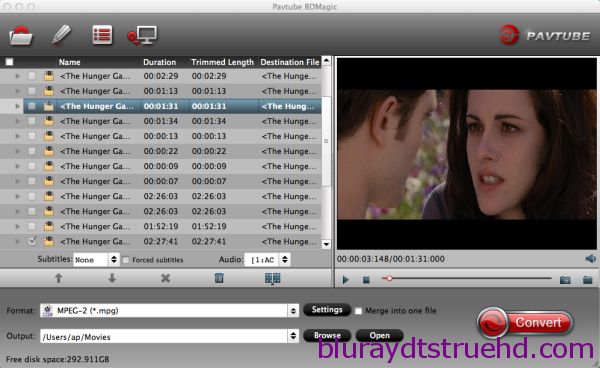

- DOLBY CODEC PREMIERE PRO CC 2017 FILE HOW TO
- DOLBY CODEC PREMIERE PRO CC 2017 FILE 1080P
- DOLBY CODEC PREMIERE PRO CC 2017 FILE PC
Make your Maximum Bit Rate double the Target Bit Rate. The size will be shown at the bottom of the window. My regular export rundown is: Change the Bitrate Encoding Settings to VBR, 2 Pass, then drag your Target Bitrate to your selected file size. For a master copy, you should export at a high bitrate to have the best copy you can export. If you need a small file size, you can trim down your bitrate to minimize size. The bitrate decides how big your file size will be. This will increase your render time, but Premiere will take extra care in exporting your video in the cleanest way possible. Here are my recommended settings for most of my videos exported in Premiere:Ĭlick the Render at Maximum Depth box. If you feel comfortable changing settings to make them more customizable, you can do so in this window. Ensure that Export Video and Export Audio are checked, so the file has both video and audio. To learn more about adequately naming a file, check out this article. Step 5: Fine-Tune Your Settings and Adjust Your BitrateĬlick the output name to specify an output name for the exported video file. Everything You Need to Know about Codecs.

If you want more info on this gigantic subject, we’ve written extensively in the past on codecs and know what you need to get to the finish line. And yes, I’m aware that this video is amazingly ’90s. While it’s an entire world of explaining, I recently found a video that did a pretty good job of explaining it. The next logical question if you’re new to all of this is: What is a codec? Or more so: How do I need to understand them for my workflow?
DOLBY CODEC PREMIERE PRO CC 2017 FILE 1080P
Our sequence is 1080p with a frame rate of 23.976 fps. We’ll select a preset that matches our sequence and desired output. For 80-90% of your exports, you’ll be using H.264. That is also the most common codec for video exports through Premiere. The best setting for web playback is the H.264 codec. I’ve found you benefit more from customizing your export so that there’s more universality to the final file, allowing you to upload it and send it to more places. It’s not that these other options aren’t viable solutions. However, for this example, we’ll be exporting with custom settings. Premiere Pro also has presets for both YouTube and Vimeo that’ll export your project in the best-recommended settings for both. We’ll be exporting from Premiere Pro to upload to YouTube for this example. Step 3: Establish What Platform You Will Be Exporting For
DOLBY CODEC PREMIERE PRO CC 2017 FILE HOW TO
In this window, you’ll select your desired settings (or presets) for the video before sending it to Media Encoder for exporting.īefore diving further into how to export a video efficiently, make sure you have any other apps closed, especially apps like Photoshop and Lightroom if you’re neck-deep in the Adobe-verse. This will bring up your Export Settings window. Make sure the sequence you want to export is selected when you do this.
DOLBY CODEC PREMIERE PRO CC 2017 FILE PC
You could also press the shortcut key Ctrl + M on PC or Cmd + M on Mac. To export a video in Premiere Pro, go to File > Export > Media.


 0 kommentar(er)
0 kommentar(er)
